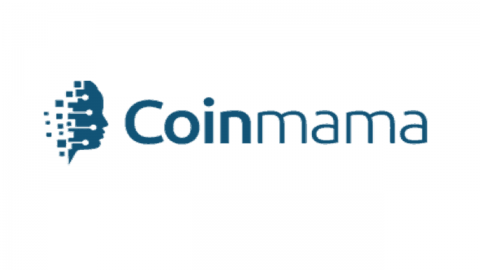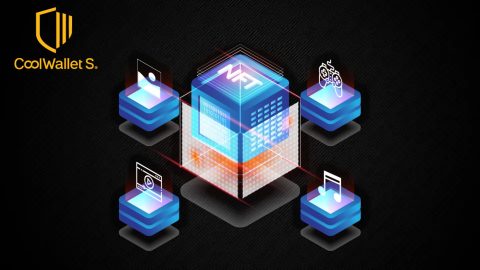The Ethereum network has finally rolled out the first official upgrade in its journey to its Ethereum 2.0 network. The Beacon Chain upgrade 2.0 went live at 12:00 UTC Tuesday, according to Beaconcha.in.
This long-delayed update is crucial to Ethereum’s transition to a PoS network and has helped to push Ethereum up 350% in value over 2020 so far.
What is Ethereum 2.0?
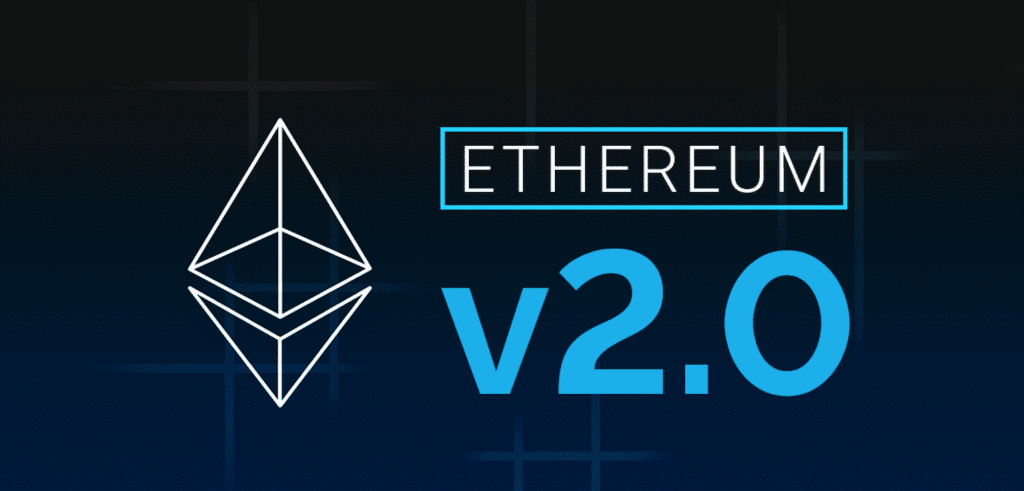
Ethereum 2.0, also known as Eth2 or Serenity, is a series of upgrades on the Ethereum blockchain, based on design principles of decentralization, resilience, security, simplicity, and longevity.
In short, the upgrades will migrate Ethereum from an energy-sucking Proof-of-Work (PoW) mining mechanism (where computing power is used to validate transactions) to a more efficient Proof-of-Stake (PoS) system using users’ ETH as collateral.
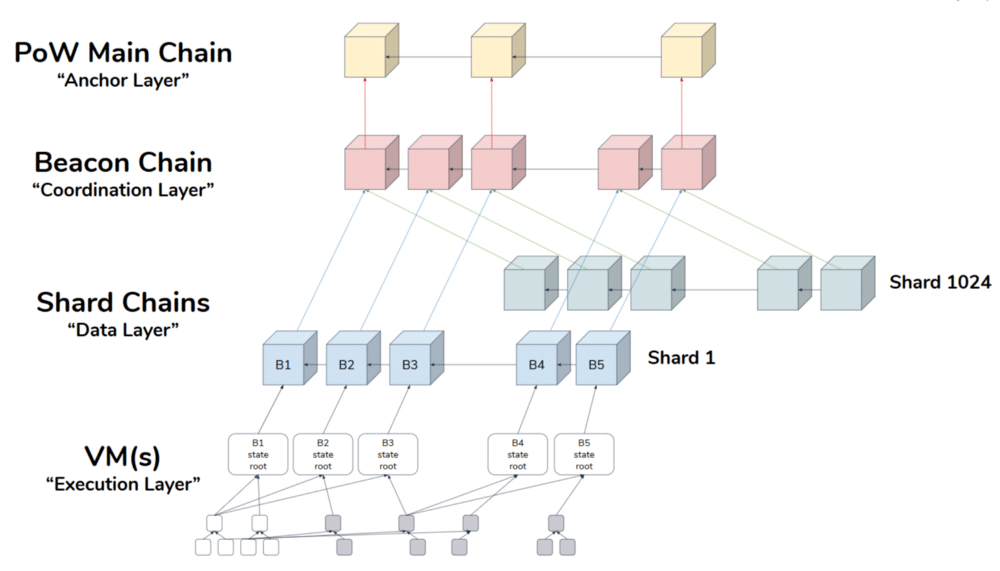
Ethereum 2.0 launch schedule (2020-2022+)
The road to Ethereum 2.0 is not a single migration or an isolated event, but rather a set of upgrades that will eventually unlock the full potential of the second most valuable blockchain by market capitalization.
The cryptocurrency industry has long revolved around Bitcoin. However, Ethereum introduced the concept of smart contracts and decentralized applications (Dapps), and as result, has been instrumental in the initial coin offering (ICO) frenzy of 2017 as well as the current DeFi boom.
The Ethereum upgrade will be released in several phases. Each phase will play a huge role in improving the performance and functionality of the blockchain. When the design principles of Serenity are fully implemented, they are expected to position Ethereum as a market leader in the blockchain industry.
What is Beacon Chain?

As Phase 0, Ethereum’s Beacon Chain has been described as follows:
It is the spine that supports the whole of the new Ethereum 2.0 system. It is the heartbeat that keeps the system alive. It is the conductor coordinating all the players.”
The Beacon Chain’s main purpose is to manage the Proof of Stake (PoS) protocol. The management of PoS has many elements:
- Manage validators & their ETH stakes,
- Organize validators into committees,
- Nominate the chosen block proposer for each shard at each step,
- Apply the PoS consensus rules,
- Issue validator rewards and penalties,
- Facilitate cross-shard transactions by being a Shard state register.
Ethereum 2.0 roadmap

The Serenity upgrade will be rolled out in a minimum of three phases, with a gap of at least one year apart. The first iteration is Phase 0, which will be rolled out in 2020, with Phase 1 and 2 slotted to be released in the coming years.
Phase 0 (2020)
Phase 0 will see the implementation of Beacon Chain. It lays down the groundwork for Ethereum’s transition to the PoS consensus mechanism. The first phase shipped on December 1, 2020, and will introduce staking to the Ethereum community. The Ethereum community – developers and contributors – pooled together 867,000 Ether ( more than $528 million at the time of writing) to launch the update.
Phase 1 (2021)
Phase 1 will welcome the integration of shard chains, most likely in 2021. The main blockchain will be divided into 64 chains, allowing parallel transactions, and thereby increasing Ethereum’s throughput.
Phase 2 (2021/2022)
Phase 2 is tentatively scheduled for 2021//2022, which is smart considering Ethereum’s long history of delayed upgrades. Many improvements will be added in Phase 2, but the major upgrade will see the complete transition from PoW to PoS.
Beyond this point, PoW will be a thing of the past on the Ethereum network. When the upgrade is complete, Ethereum mining will not be the same anymore. This is the main difference between Ethereum 1.0 and Ethereum 2.0.
What is Ethereum’s “blockchain trilemma“?
The blockchain trilemma is a term coined by Ethereum co-founder Vitalik Buterin to describe the challenge of blockchains to achieve the three main attributes of decentralization, scalability and security at the same time.
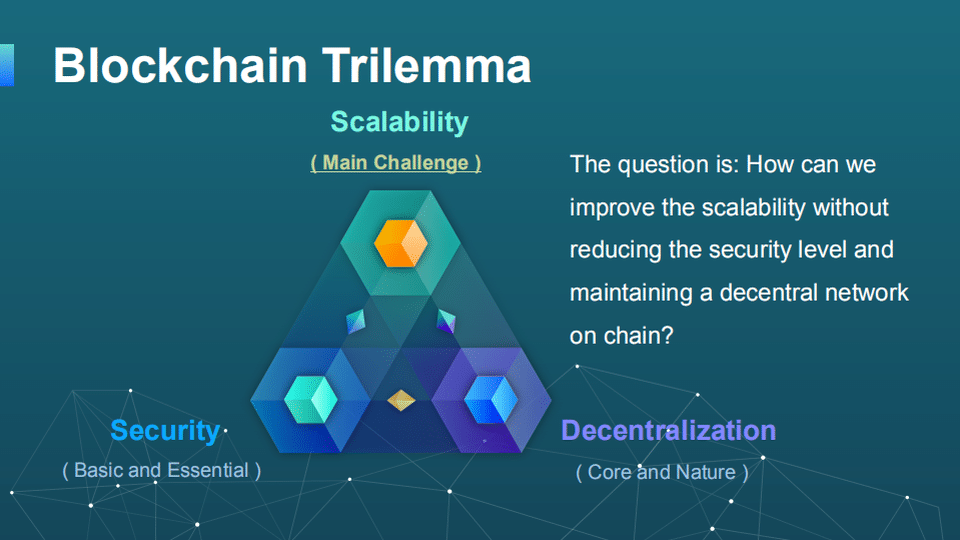
According to experts, blockchain systems can only make full use of two of the three attributes while the third one is sacrificed.
A number of blockchain systems use the Proof-of-Work (PoS) consensus algorithm to validate transactions.
While this is good in maintaining the security of the network, it comes at the expense of the scalability and hence the speed of the blockchain system. The bitcoin network, which is the most popular blockchain relying on PoW only handles about 7 transactions per second.
Ethereum 2.0 will mainly benefit the scalability, functionality and security of the Ethereum blockchain. The two major benefits are the migration to PoS and the introduction of shard chains.
Ethereum PoW vs PoS: How are they different?
Consensus mechanisms are required by blockchains to reach consensus and prevent bad actors from harming the network. Ethereum’s current PoW mechanism requires computers with powerful graphics cards to solve very difficult mathematical puzzles.

The Proof-of-Work mechanism is energy-intensive. The use of specialized equipment makes PoW-based blockchains less decentralized as only individuals and corporations with deep pockets can set up profitable mining farms.
The Pos algorithm offers an alternative pathway that leads to less decentralization while maintaining the security of the network. In PoS, entities validate transactions based on the number of coins they hold. This means that the more coins you have and “stake”, the more mining power you have.
Benefits of PoS over PoW
- PoW consumes a lot of electrical energy, which is bad for the environment. On the other hand, PoS is environment-friendly.
- PoS is cheaper as it does not specialized equipment for mining and network maintenance. This leads to increased decentralization.
What are Shard Chains?
Shard chains are the scalability mechanisms put in place by Ethereum developers to improve the blockchain’s throughput. For a very technical explanation, visit here.
The current Ethereum blockchain is a single chain. This makes the network secure and the verification of data easy. However, requiring each full node to process and validate transactions slows down the speed of the network.
The effects of this are felt when there is high traffic on the network. It could lead to congestion as well as an increase in miner fees.
Shard chains introduce a way to split the Ethereum network so that the data processing is done by different nodes. Transactions are carried out in parallel and not consecutively. Each shard behaves as a standalone blockchain processing its own transactions.
A good example is that of imagining the Ethereum blockchain as a highway. When there is one lane moving in one direction, cars will move slower.
However, opening up an additional lane allows the cars to move in parallel. If more lanes are opened up, more cars will move and there will be no traffic congestion. This saves time.
What is Ethereum 2.0 Staking?
While many people are happy to buy ETH and hold, Ethereum 2.0 represents an opportunity for token holders to stake their assets.
Staking is a process by which individuals and entities can add new blocks to the Ethereum blockchain by depositing 32 ETH in the official contract. Acting as a validator earns the tokens holders rewards.
However, it also comes with the risk of losing their stake. Validators may lose their stake if:
- they go offline for more than 50% of the time and fail to do their duties as required of them
- Publish inconsistent information on the network
Conclusion
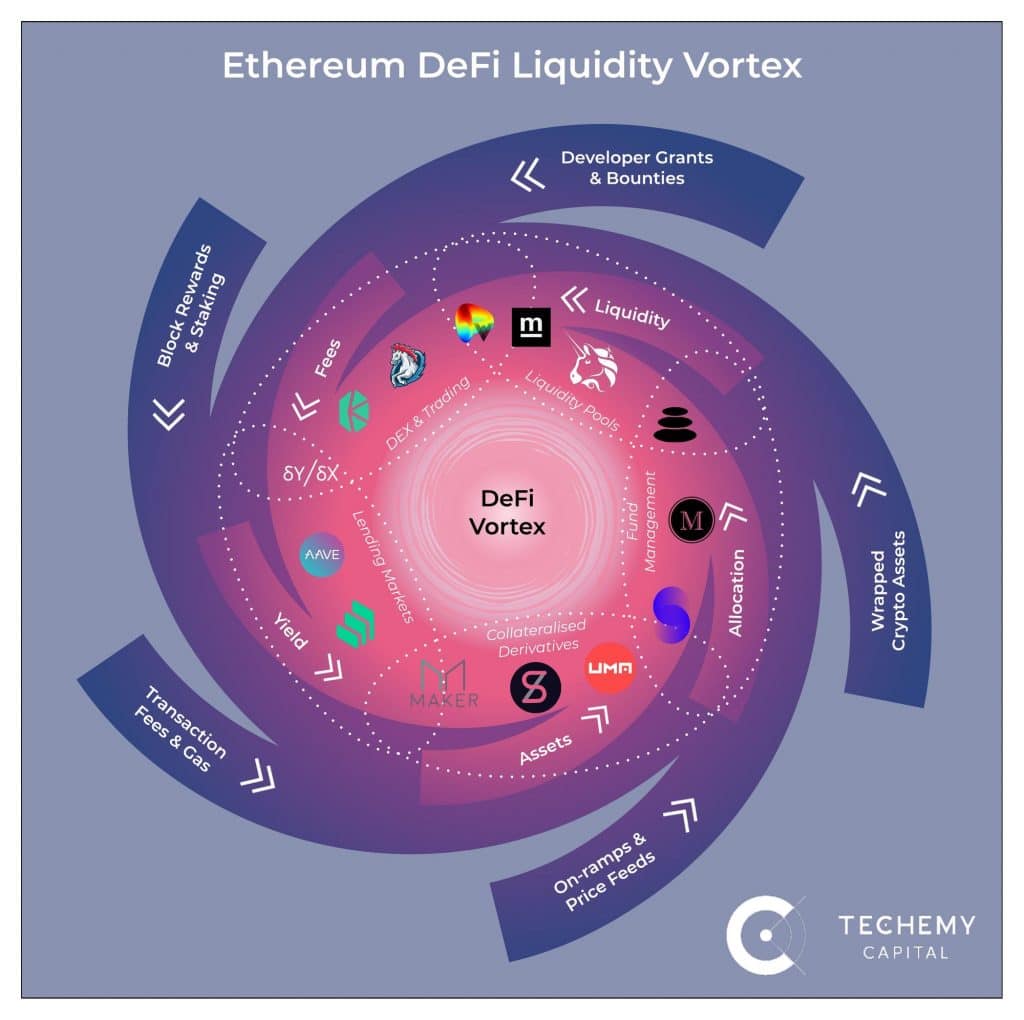
Development on Ethereum 2.0 started in 2015 already, so it’s a big achievement for the entire community to finally see the light of the Beacon Chain update. These upgrades towards a PoS network are absolutely essential for the continued growth of both Ethereum, and will be required in the long run if its ERC20 and DeFi ecosystems are to survive and thrive.
Here’s to 2021, the year of Shard Chains!
